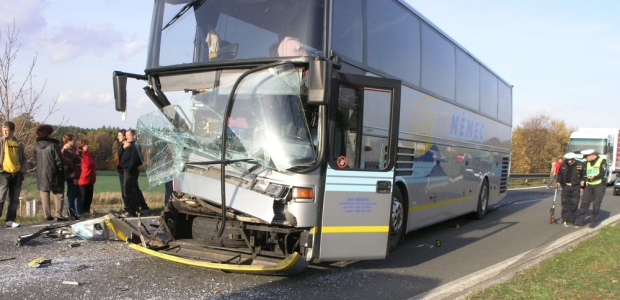
NTSB Alert Offers Recommendations for Commercial Vehicle Video Systems
The agency cited the video from two recent crashes involving buses and tractor-trailers, which did not provide needed information about those crashes.
The National Transportation Safety Board recently released a safety report on the benefits of commercial vehicle onboard video systems and also a Safety Alert with recommendations for ensuring the quality of video from these systems is optimal. Such systems record video either continuously or as the result of a triggering event such as a crash; the agency cited the video from two recent crashes, one in Port St. Lucie, Fla., in March 2012 and the other in Kearney, Neb., in October 2011. Both involved buses and tractor-trailers; the buses' video systems did not provide needed information about those crashes, according to the Safety Alert .
The new report focuses on the benefits offered by these systems for evaluating driver and passenger behaviors and analyzing collisions. Many commercial vehicles, such as school buses and motorcoaches, are equipped with onboard video systems, and NTSB uses information from the systems after a crash to help determine the probable cause.
NTSB said the bus' video recording system in Port St. Lucie "captured precrash driver and passenger behaviors and vehicle motion; vehicle and occupant motion during the crash; and postcrash events, such as passenger evacuation, short-term injury outcomes, and emergency response," while the Kearney video "captured critical precrash information but had limitations that prevented the capture of useful crash and postcrash information."
The Safety Alert recommended that school districts and bus operators check to see whether their current and newly purchased equipment have these features:
- Provides visibility of the driver
- Provides visibility of each occupant seating location
- Provides visibility forward of the vehicle
- Ensures optimized frame rate
- Allows low-light recording capability (night vision)
The alert also recommends that they ensure their onboard video systems are properly installed and maintained.